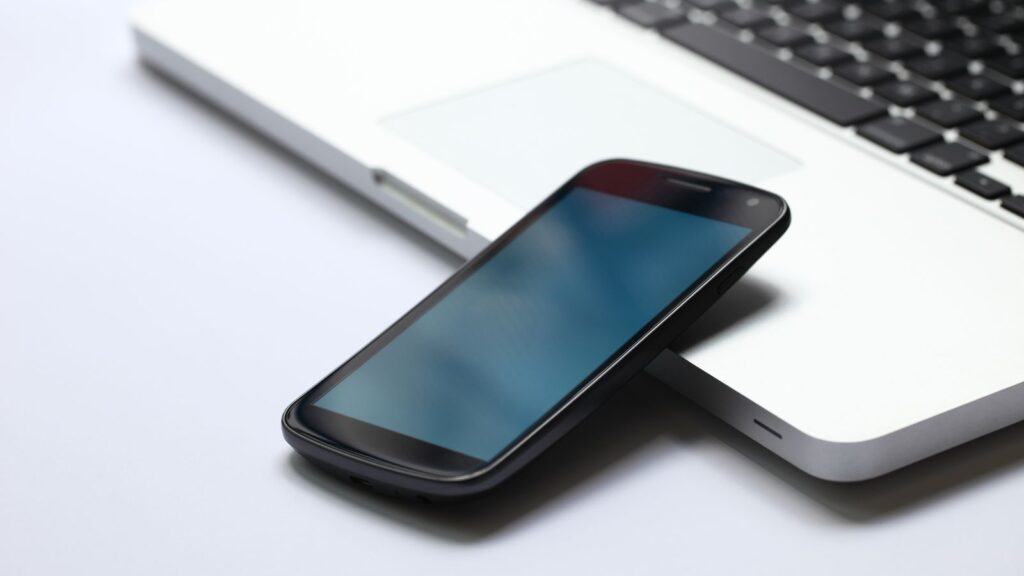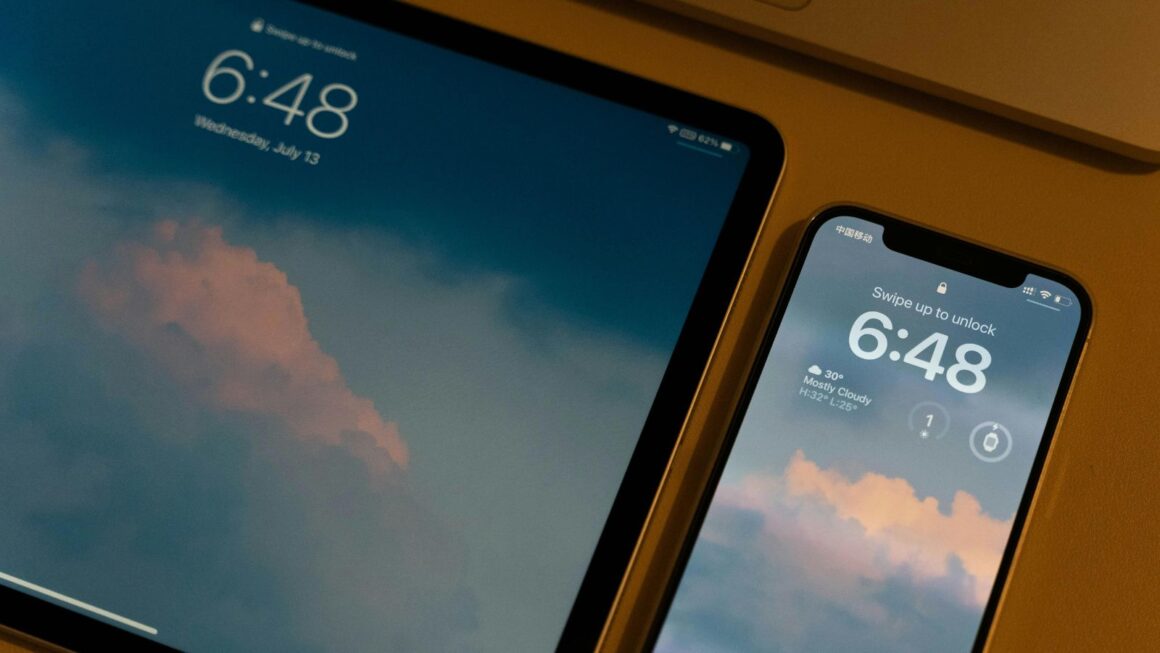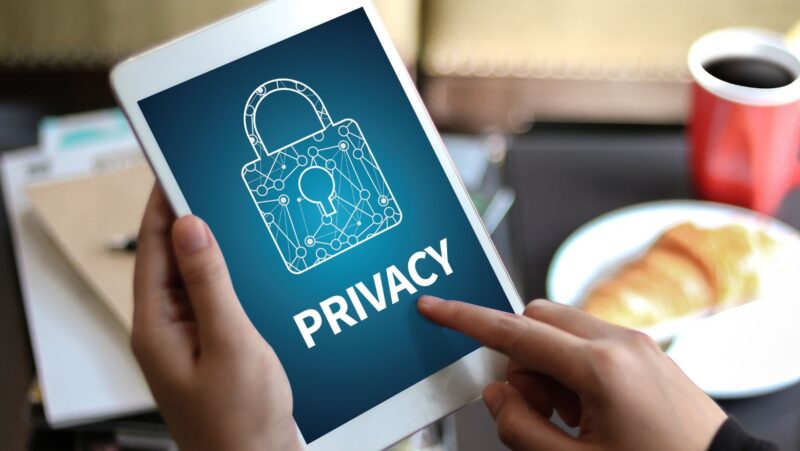
You step into an airport, your flight is delayed, and the first thing you do is look for free Wi-Fi. Within minutes you’re checking email, scrolling through social media, maybe even logging into your bank. It feels natural, but in that moment your data is exposed in ways you might not realize. Travel today is more digital than ever, and while convenience is undeniable, the risks are just as real. Fortunately, a few smart habits and tools can make your online life much safer on the road.
Public Wi-Fi isn’t your friend
Airports, hotels, and coffee shops are full of open networks that look harmless but often aren’t. Hackers can set up fake hotspots with names like “Free Airport Wi-Fi” and trick you into connecting. Even if the network is legitimate, unencrypted traffic can be intercepted, exposing passwords, personal messages, and credit card details.
It’s easy to underestimate the risks because most connections feel smooth and familiar, but public Wi-Fi should always be treated with caution.
Keep your data under lock and key
One of the easiest defenses is simply strengthening the basics. A password manager helps create and store unique passwords, so you don’t reuse the same one across accounts. Two-factor authentication adds a second layer, ensuring that even if your password leaks, your account stays secure.
Keeping your devices updated is equally important. Software updates patch vulnerabilities that cybercriminals often exploit and delaying them can leave you exposed. When traveling, set updates to install automatically so you don’t forget in the rush of flights and connections.
Browsing safely on the road
Even when you avoid risky Wi-Fi, everyday browsing can expose you. Stick to sites that use HTTPS and be cautious about downloading apps or files you don’t know. Trusted app stores are safer than random websites.
This is also where a VPN becomes essential. A virtual private network encrypts your traffic, making it much harder for anyone on the same network to snoop on your activity. It also helps when you need access to services from back home, whether it’s checking your bank, streaming a favorite show, or logging into work systems.

If you’re not ready for a full paid subscription, there are lightweight options worth considering. A free VPN extension for Firefox or Chrome can be installed in seconds and instantly adds a layer of security for browsing. For travelers who mainly use laptops, it’s a simple and cost-effective way to make public Wi-Fi safer without much hassle. For example, US-based Browsec provides both free and paid versions of browser extensions and mobile apps, that can help you stay safe on the go.
Staying connected beyond security
Safety is one side of the equation, but staying connected is just as important. Many travelers now rely on local SIM cards or eSIMs that provide affordable data without hefty roaming charges. Messaging apps like WhatsApp, Telegram, or Signal work almost everywhere, letting you communicate freely across borders.
Don’t forget cloud backups for photos and documents. Travel comes with unexpected events, lost phones, damaged laptops, and cloud storage ensures that memories and critical files survive even if your device doesn’t.
Smart habits for digital nomads and casual travelers alike
Technology helps, but habits matter just as much. Keep copies of your passport and tickets in encrypted storage, accessible if you lose the originals. Be careful with what you post online. Sharing your exact location or travel dates might seem harmless but can make you an easier target for theft or scams.
Ultimately, security is about balance. You don’t want to be so worried about hackers that you stop enjoying the trip. A few well-chosen tools and mindful behaviors are enough to stay ahead of most threats without turning travel into a paranoid exercise.
The digital side of travel
Traveling in the digital age means carrying a second passport, your online identity. Protecting it is less complicated than it seems. Strong passwords, regular updates, careful Wi-Fi use, and tools like a VPN can transform risky connections into safer experiences. With a little preparation, you can keep your digital life secure and focus on what travel is meant to be: exploring new places, making connections, and enjoying the journey.












